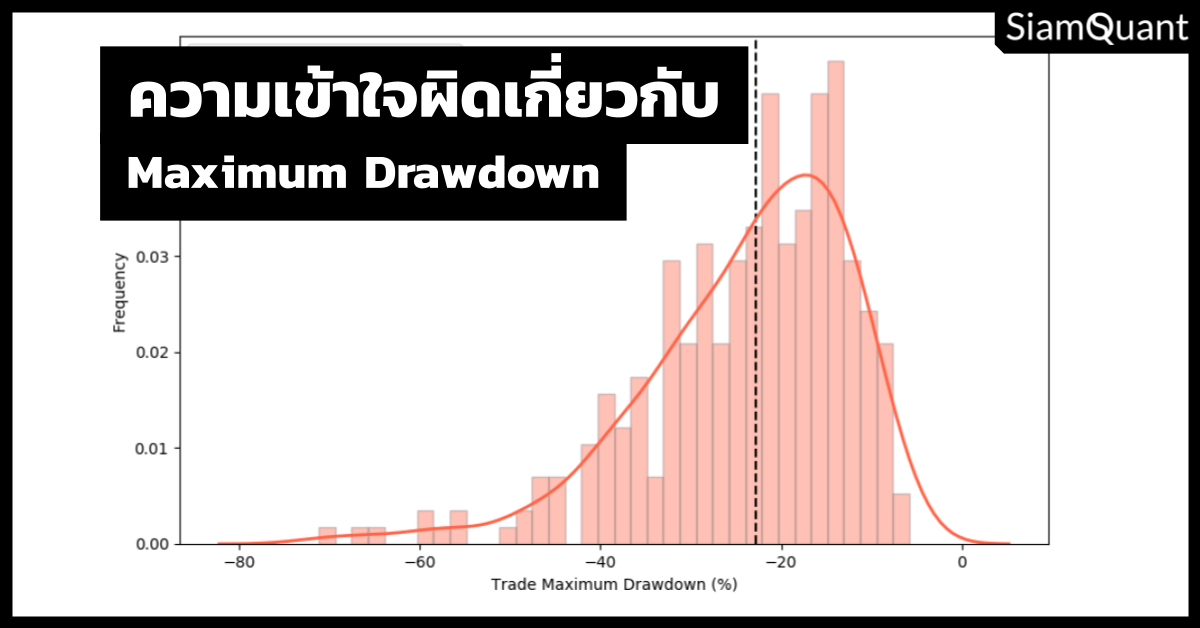

- #Return on maximum drawdown update
- #Return on maximum drawdown code
- #Return on maximum drawdown download
Plot the normalized stock prices for comparison.
#Return on maximum drawdown code
Execute the following code block in your editor: import pandas_datareader.data as web
#Return on maximum drawdown download
In order to get the data necessary to complete this analysis we will make use of Pandas Datareader, which allows us to directly download stock data into Python.

Not surprisingly, the MAR and Calmar ratios have thrown some vastly varying results as far as the S&P 500 and Managed Futures are concerned. In this situation, the Calmar ratio is especially useful and far more accurate, since it only analyzes three years worth of data for both funds, thus creating a far more level playing field. Using the MAR ratio to compare performances of M1 and M2 would not be justifiable in this scenario, since as a much older fund, M1 has without doubt, undergone much more market cycles compared to M2, which may have quite possibly, operated in much more favorable market conditions. Suppose, M1 is a 20-year old fund, while M2 is just three years old. Now let us elaborate on the one aspect that is of significance to the MAR ratio the inception of the funds. M2, with a MAR ratio of 3 has, seemingly, a much better risk-adjusted performance than M1, which has a MAR ratio of 2. This can be explained by returning to the previous example involving the two hedge funds. Since its inception, the Calmar ratio has come across as a more accurate metric to measure fund and fund manager performance than the MAR ratio. Young and first published in the trade journal Futures in 1991. The Calmar ratio was formulated by Terry W. For starters, while the MAR ratio compares results and drawdowns since inception, the Calmar ratio analyzes a shorter time period, typically 36 months of data. While the MAR and Calmar ratios are similar in that both measure return per unit of risk, there are differences between the two metrics. In the above example, it is clear that M2 has a better risk-adjusted performance than M1. Now, supposing that both M1 and M2 have similar maximum drawdowns of 15%, then, their respective MAR ratios can be calculated as: MAR (M1) = 30/15 = 2. Consider two hedge funds M1 and M2 with Compound Annual Growth Rates (CAGRs) of 30% and 45% respectively. Let us consider the following example to explain how the MAR ratio can be applied in real-life comparisons. Back to: INVESTMENTS & TRADING How Does the MAR Ratio Work?īasically, the MAR ratio is a measurement of the annualized return per maximum drawdown.

The MAR ratio owes its existence to the Managed Accounts Report newsletter that was founded in 1979 by Leon Rose. It can be inferred from the above that the higher the MAR ratio, the better the risk-adjusted returns. The MAR ratio can therefore be calculated by dividing the Compound Annual Growth Rate since its inception by the maximum drawdown. Similarly, the Compound Annual Growth Rate (CAGR) is defined as the rate of return that an investment requires in order to grow from its beginning balance to its ending balance, provided that the returns are reinvested. the most drawdown or loss experienced over the entire time period, starting from the inception until the date of query. Risk is defined as the maximum drawdown, i.e. The Managed Account Reports Ratio, popularly known as the MAR Ratio, is a measurement of the return per unit of risk, and is used to compare performances of fund managers, commodity trading advisors and hedge funds.
#Return on maximum drawdown update
Update Table of Contents What is a MAR Ratio? How Does the MAR Ratio Work? MAR Ratio vs Calmar Ratio What is a MAR Ratio?


 0 kommentar(er)
0 kommentar(er)
